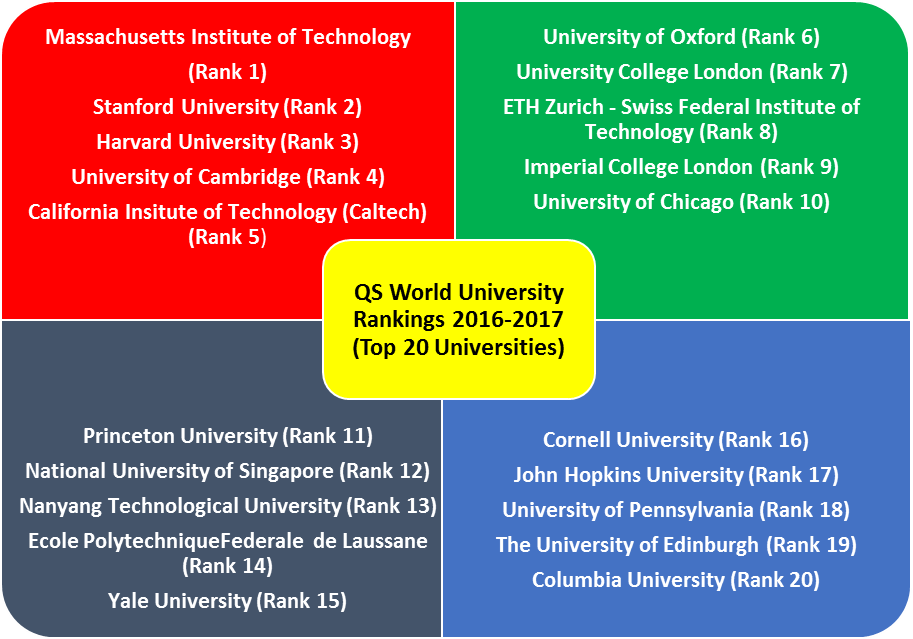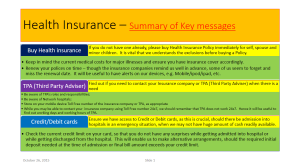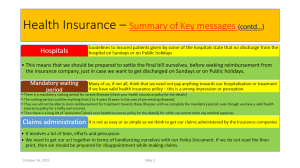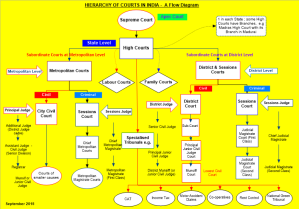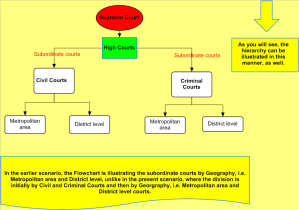
I am sharing, through this Post, my experiences and the lessons I learnt recently.
As an information scientist by profession, rendering professional services to a high profile Music College in Chennai was hugely rewarding and a challenging experience, as well.
Rewarding, because it was an opportunity to be a Library Practitioner again (after having retired from the British Council Library a few years ago) and render professional services to a library at a Music Conservatory, namely KM Music Conservatory (KMMC) (http://kmmc.in/home/the-conservatory/), founded by Oscar Winner and Music Maestro Dr A R Rahman. Something for me to cherish forever.
Challenging, because (i) to classify entire music resources – a little over 1400 documents including Hindustani & Western Music books, CDs and DVDs; (ii) to make these documents shelf ready in so far as generating spine labels with the class number thus assigned for these documents – more so, achieving these two tasks in about 2 months’ time (ii) while music literature can be classified following general classification schemes that apply to all subjects, music scores present unique challenges of both description and access. Examples include uniform titles, responsibility (composer versus performer), etc.
In colleges or Universities, where music is only one aspect of academic focus, the music collection may be integrated into the greater library system, or a separate collection from the main library. At academic institutions dedicated to music, such as KM Music Conservatory, the music library is the main library collection of the Conservatory. In British Council Library, where I worked for over two decades, the music collection was part of a bigger library system. My experience at the British Council library was mainly on (i) managing the library and its resources for South India, (ii) marketing library services, (iii) managing customer relationship, (iv) managing Events, etc. Whereas, my brief experience at KMMC was unique in terms of classifying myself so many documents exclusively on Music. I considered this as a great opportunity for my Continuing Professional Development (CPD) in terms of (i) refreshing my professional knowledge & gaining new experience of classifying huge music resources and (ii) to practice and further improve my core professional librarianship skills.
The library collection at KMMC was geared to meet the information needs of Faculty members and students studying Preparatory, Foundation and Diploma courses in Music, Audio Engineering, Electronic Music Production, etc. Successful Diploma students have the option of progressing onto their Degree program at Middlesex University in London under an articulation and collaborative agreement between KMMC and Middlesex University, London.
It was OCLC (Online Computer Library Center, Inc) which helped me to overcome the challenges. It was a great experience accessing WorldCat (https://www.worldcat.org/) –the largest Online Public Access Catalog (OPAC) in the world.
OCLC (Online Computer Library Centre, Inc): OCLC is “a nonprofit, membership, computer library service and research organization dedicated to the public purposes of furthering access to the world’s information and reducing information costs”. Founded in 1967 as the Ohio College Library Center, OCLC and its member libraries cooperatively produce and maintain WorldCat (Source: Wikipedia)
As it was only in 2006, the WorldCat.org search box went live, i.e. offering access to WorldCat to online information seekers, I never had the opportunity to access and take advantage of it during my British Council days, as I left the British Council Library services in 2002.
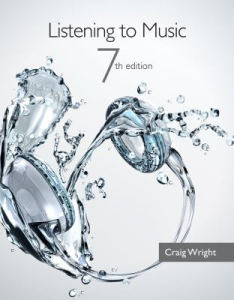
However, I am happy that I was able to access WorldCat recently at KMMC library. It was immensely helpful in (i) quality reviewing KMCC’s Library holdings list in terms of ensuring the list included correct Author name (both Surname and Forename), title, edition and volume statements, Publisher, year of publication, ISBN / ISMN, etc. (ii) to make sure that there are no errors of judgment during the classification process and in assigning class numbers; (iii) creating list of books and bibliographies, etc.
WorldCat connects us to the collections and services of more than 10,000 libraries worldwide; through the WorldCat one can access two billion items held in member libraries of OCLC. I understand it grows steadily every day from the contributions of member libraries in the OCLC co-operative.
WorldCat can be accessed by anyone from anywhere with good internet access and those who have registered themselves will be able to create lists, bibliographies and reviews of library materials. Besides, reviews help in library collection development including books, CDs & DVDs; [Learning Point 1]
I realized that a Librarian using WorldCat could provide a lot of proactive information and Current Awareness services. [Learning Point 2]
Incidentally, from the comforts of home/office and by using WorldCat, it is possible for those in Europe, Middle East, North America, Australia and New Zealand to find out if a particular book which they were looking for is available in a library located nearer home/office. It isalso possible for them to borrow books, on returnable basis, from other participating libraries, just in case a book is not available in a library nearer home/office. As, barring a handful of libraries, the rest of the participating libraries in OCLC Project, lend books on returnable basis to overseas participating libraries. [Learning Point 3]
The other resource which I found useful was “OCLC Classify” – an experimental classification web service (http://classify.oclc.org/classify2/) .The database provides access to more than 91 million classification numbers and support in providing subject headings for books, DVDs, CDs, etc. I am happy to share that one of my suggestions was considered favorably by “OCLC Classify” and the same was implemented by OCLC as far as a Class number of a particular book was concerned. Using this resource was a big learning experience for me. [Learning Point 4]
I take this opportunity to remember and thank both Dr D B Krishna Rao (Prof & Head) and Prof P Gangadhara Rao (Reader), Department of Library and Information Science, University of Madras – my respected teachers (unfortunately, they live no more), without whose support and encouragement I would not have done well in my Post graduate degree in Library and Information Science, especially Classification Theory and Practice. The knowledge & training imparted by them a few decades ago is still fresh in my memory and it helped me hugely in classifying so many books within a short period of time.
Music OCLC Users Group (MOUG): MOUG provides an official means of communication and assistance for users of the products and services of OCLC. Though I did not take advantage of the Users Group, I thought I should mention it here.
Copyright & Fair use:
While surfing the Internet for Music online, I realized that Copyright is a major issue in this field. As music copyright is an intricate issue, music Librarians’ must carefully abide by copyright guidelines.
This was also a wonderful opportunity for me to read more about (i) Copyright & Fair use and (ii) Public Domain, which enabled me to clear some of the misconceptions I had about them. For example, (i) the fact that something is posted on the Internet does not give us the right to copy and distribute it freely; most material found on the internet is protected just like any other material [unless otherwise indicated]; (ii) if the use is not a personal one, it may not be permitted to download and use in any manner any video on You Tube, any music from iTunes. [Learning Point 5]
Music librarians deal with standard librarianship duties such as cataloging and reference, but as I mentioned earlier, the addition of music scores and recordings to collections complicates these tasks. Therefore, besides having a professional degree in Library and Information Science, either knowledge of music or a basic degree in music would go a long way in adding value. It would be beneficial if students study Dual honours degree programs, i.e. for example, studying two degree subjects in equal amounts, as offered at University of Keele, in the UK. If someone wanting to have a career as Music Librarian, he/she could study Music together with another degree subject before getting professionally trained through a Master’s course in Library and Information Science. Massive Open Online Courses (MOOCs) could be another option for those Librarians who cannot spare time to do a full-time course in Music. Online course “Introduction to Music theory” offered by Berklee College of Music https://www.berklee.edu/ is just an example.
My value contribution would have been relatively better if I had knowledge of music or a basic degree in music.
Knowing one or two European languages is yet another asset for Music Librarians, as it would be highly useful when dealing with music books,CDs and DVDs from top Composers of all time from Europe– Johann Sebastian Bach (German); Wolfgang Amadeus Mozart (Austrian); Ludwig van Beethoven (German); Franz Schubert (Austrian); Claude Debussy (French); Antonio Vivaldi (Italian); Felix Mendelssohn (German); Franz Liszt (Hungarian); Gustav Mahler (Austrian); Johannes Brahms (German), etc.
Amazon
I understand libraries that buy books and other materials from Amazon.com will automatically receive corresponding catalog record delivered from OCLC, have their holdings set in WorldCat, and receive labels from Amazon.com.
As OCLC is following only DDC (Dewey Decimal Classification) and Library of Congress (LC) schemes, I wonder what happens to libraries following Classification schemes other than DDC and LC Classification Schemes? Would OCLC be able to deliver catalog records according to the Classification Scheme followed by a particular library, should the Library decide to buy books from Amazon and be part of OCLC cooperative project. For example, the University of Madras is following Dr S R Ranganathan’s Colon Classification (CC) Scheme and if I remember correct, Indian Institute of Technology (IIT), Madras is following UDC (Universal Decimal Classification) System. Would the catalog records and the labels be according to CC Scheme and UDC respectively? I am in the process of checking with OCLC regarding this. In the meantime, would love to hear from people, who have information or views on this.
Sorry for this lengthy Post.

